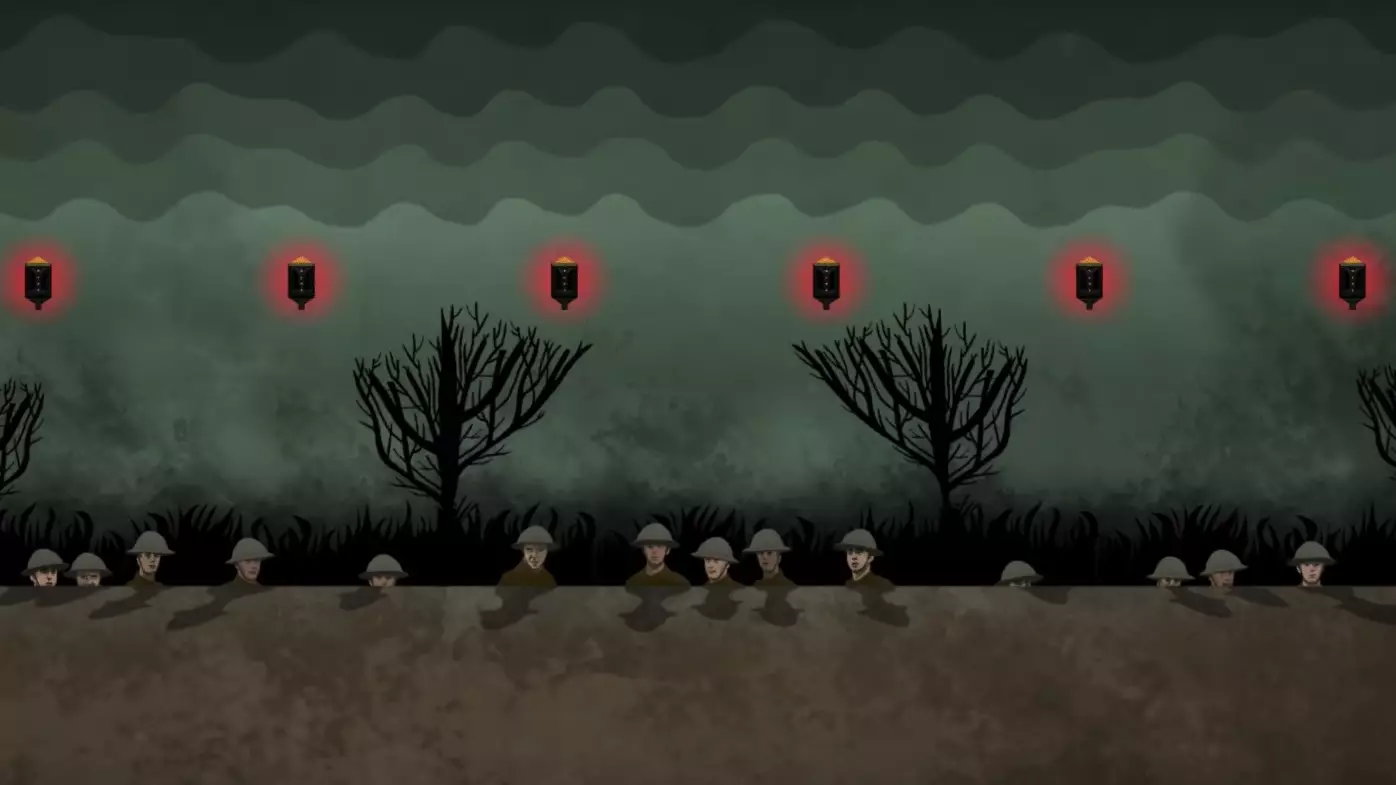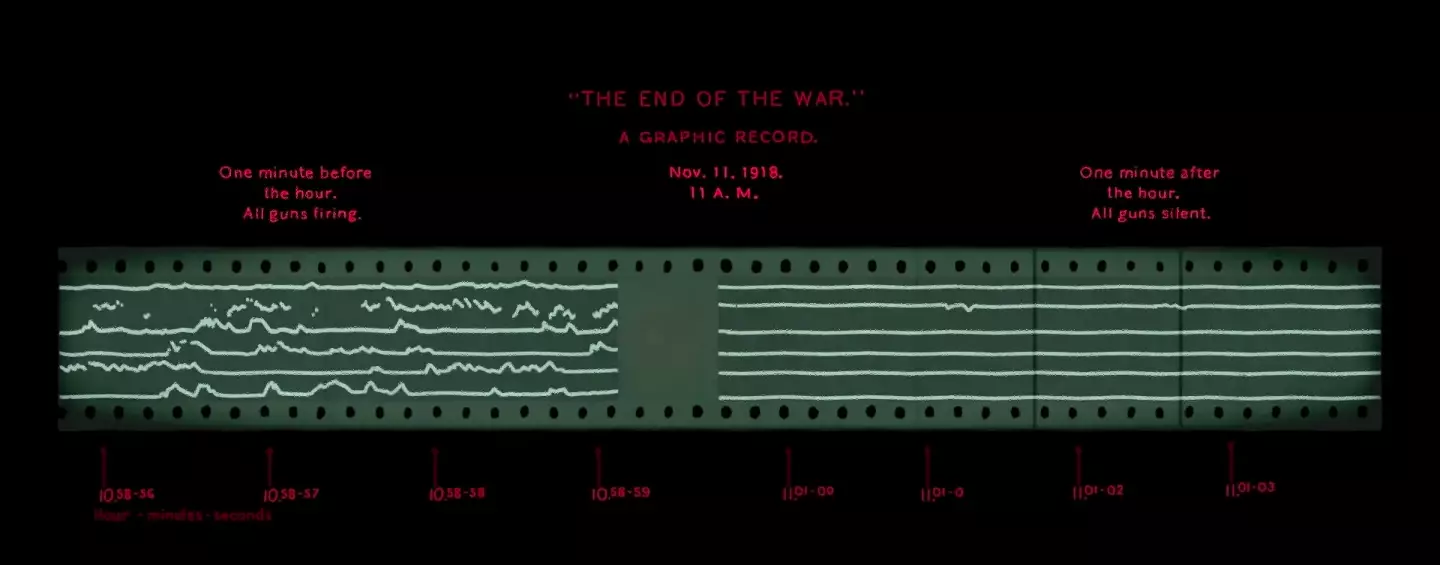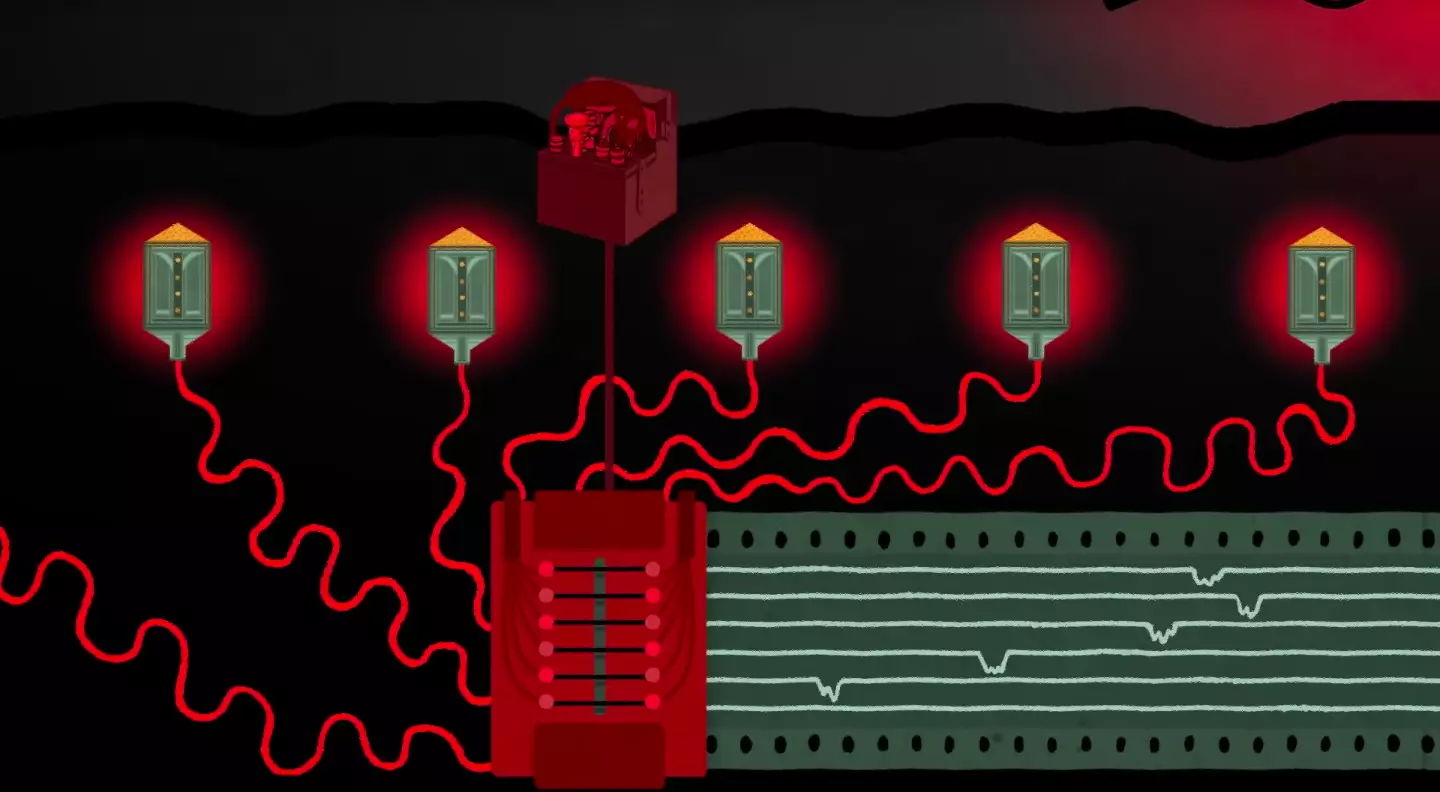
The guns of the greatest war the world had ever witnessed stopped firing just over 103 years ago.
The horrific 4 years of the First World War saw the deaths of approximately 40 million military personnel and civilians, including between nine and eleven million soldiers.
Advert
But on 11 November 1918 - 103 years ago to this very day - hundreds of thousands of exhausted and traumatised soldiers blinked their eyes open to a new world.
And now, thanks to the Imperial War Museum, you and I can hear what they heard. Take a listen below:
We are able to hear the exact moment the Great War finally came to an end in an incredible video using pressure-wave recordings captured at 11am on 11 November, 1918.
Advert
The recordings are the result of a novel technique used at the time to determine the distance and position of enemy guns.
The use of cannons has become synonymous with the swampy, pock-marked battlefields of World War One (WWI).
Some required crews of up to ten men to fire six devastating rounds per minute over ranges as much as 14 miles - the US army even had a rail-mounted gun with a muzzle diameter of 14 inches.

Silencing these guns was imperative to success on both sides and sound ranging provided one answer.
Advert
The innovative technique involved six microphones placed in a curve near the front line. The microphones made a mark on a piece of ticker paper when the muzzle flash on an enemy gun was spotted.
Each microphone made a note at a different time as the sound of a shell being fired travelled across the battlefield.
The distance of the gun could then be calculated using the collection of marks from all six microphones.

This method was used to destroy as many enemy guns as possible before troops arrived at the front line.
Advert
Using microphone recordings live at the time of the armistice, we can hear the abrupt 'silence' of the battlefield guns on the ticker paper.
Sound designer company Coda to Coda then helped The Imperial War Museum recreate the real sounds based on the microphones' recordings.
Coda to Coda's Will Worsley said: "This document from IWM's collections gives us a great insight into how intense and chaotic the barrage of gunfire must have been for those fighting on the western front.
"We hope that our audio interpretation of sound ranging techniques through bone conduction enables visitors to project themselves into that moment in history and gain an understanding of what the end of the First World War may have sounded like."
Advert
Words by: Charlie Metcalf
Topics: History